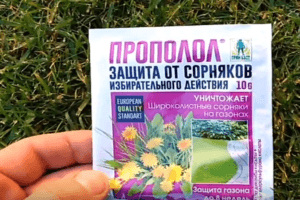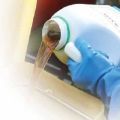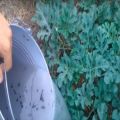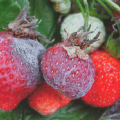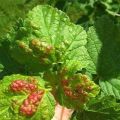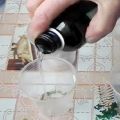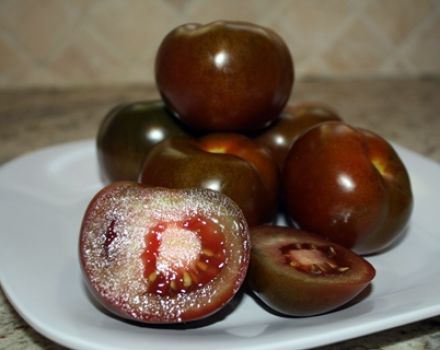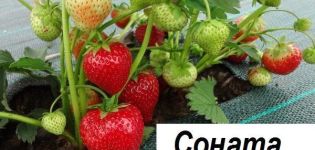Table of recipes for tank mixtures for plant protection and how to do it right
Tank mixtures for plant protection and feeding consist of compatible components. All of these chemicals are highly soluble in water and do not react with each other. It can be difficult to independently select preparations for preparing a tank mixture. It is necessary to take into account not only the compatibility of the main components, but also of various additives, surfactants. It is advisable to use ready-made mixtures of various chemicals.
Purpose and advantages of tank mixes
In order to protect cereals, vegetables, berries and fruits, it is advisable to use ready-made solutions or, as they are called, tank mixtures consisting of several chemicals dissolved in water. Multicomponent preparations are characterized by high efficiency, allow timely response to various adverse factors (the presence of weeds, slow growth of crops, development of fungal diseases, insect infestation). The composition may include insecticidal, various fungicidal, herbicidal preparations, as well as growth stimulants, top dressing.
Benefits:
- the spectrum of action is expanding;
- the protective period increases;
- allows you to combine measures for protection, feeding and care of crops;
- reduces pesticide load;
- the negative effects of the use of several chemicals are reduced;
- saves financial and labor resources;
- reduces the consumption of water, fuels and lubricants;
- reduces the dosage of each of the chemicals included in the composition;
- reduces mechanical damage to field crops;
- reduces the number of sprays.
Tank mixtures are used in trailed and self-propelled vehicle sprayers. Reducing the number of visits to agricultural machinery will entail a reduction in mechanical damage to field crops, and will also allow preserving the loose structure of the soil.
Types of tank mixes:
- factory solutions;
- independently prepared from several preparations.
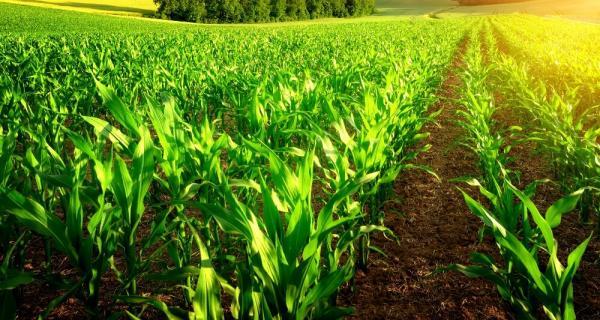
It is important to remember that when several chemicals are used together, the dosage of each is reduced by 10-30 percent.
Multi-component solutions can significantly reduce costs. It is recommended to choose the right preparations for mixing.
Not all chemicals can be mixed in the same solution. In addition, there is a certain order for adding the permitted components, that is, it is necessary to adhere to the correct sequence of mixing substances.
Compilation features
What chemicals can be used in the preparation of tank mixes:
- with the same functions, but a different way of action (contact + system);
- for various purposes (insecticide + herbicide, growth regulator + fungicide);
- fertilizers + pesticides for application with irrigation water;
- dry fertilizers + pesticides;
- liquid fertilizers + pesticides + growth regulators + micronutrient fertilizers;
- solid fertilizers + liquid pesticides;
- fungicides + micronutrient fertilizers + growth regulators (for seed dressing).

Factors to look out for when mixing mixtures:
- coincidence of the terms of use of chemicals;
- physicochemical compatibility of the components used;
- water characteristics;
- correct mixing sequence.
Rules for adding compatible chemicals:
- at the very beginning, water-soluble polymer pesticide bags are added;
- powders, dispersion granules are added before oil preparations and liquid dressings with a high salt content;
- oil-containing components are added with care, they lead to "clotting" of the dissolved fertilizers;
- in the presence of surfactants after oil-containing substances, water-soluble components can be added to the solution (surfactants envelop the oil, prevent flocculation);
- at the very end, add aqueous solutions and concentrates;
- fertilizers are added after the remedies.
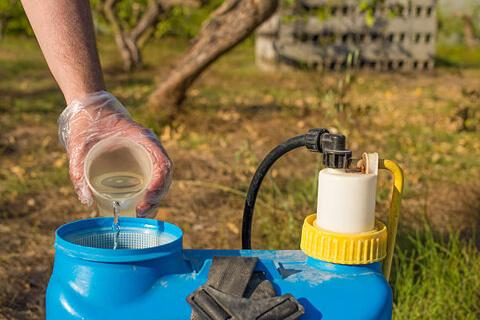
It is advisable not to experiment, but to buy ready-made factory multicomponent solutions. The physicochemical properties of the chemicals in self-mixed mixtures may change. As a result of such a change, the toxicity of the resulting solution in relation to the treated crops will increase. In addition, the sediment deposited in the event of a reaction often disables the sprayer of the sprayer.
Compatibility rules
When self-compiling tank mixtures, it is necessary to adhere to the rules of the physical and chemical compatibility of various chemicals. The instructions for any drug provide information about the features of its use. Before mixing, it is necessary to study the manufacturer's recommendations.
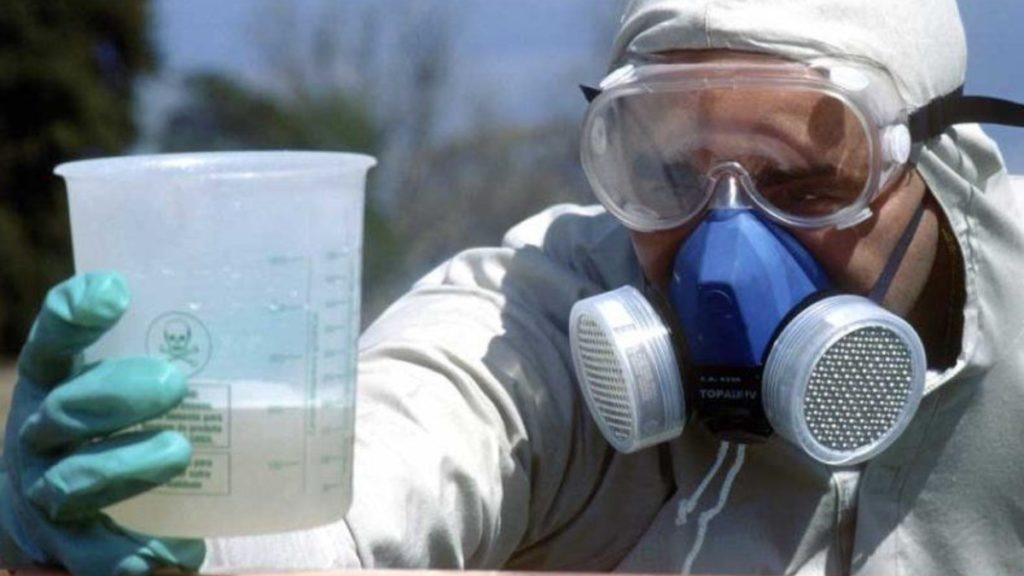
Rules for the preparation of tank mixes, taking into account the compatibility rules:
- Prepare the solution on the day of spraying.
- Read the instructions.
- Make sure the components are compatible.
- Make a compatibility test.
- Look at the reaction.
- Prepare stock solution.
- Reduce the dose of each chemical by 10-30 percent.
- Follow the rules for adding components.
- Combine mother liquors in the tank.
It is advisable to do a compatibility test before pouring chemicals into the tank. A three-liter glass jar is suitable for testing. Preparations in the dosage indicated in the instructions are added, observing the sequence. Close the jar with chemicals and water, shake well, and evaluate the result immediately and after thirty minutes.
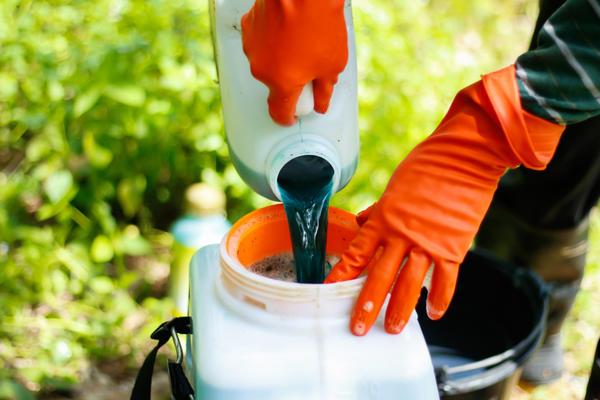
If no precipitate has formed, the solution has not become cloudy, has not stratified, has not become like a curd mass, has not heated up, does not emit gas, does not form foam, then the reaction is neutral, and the chemicals are allowed to be used together. The mixture should be homogeneous, without flakes and solids in the composition, in which case it will not clog the spray tubes and cause burns to crops.
What should not be mixed in the common tank?
Chemicals that cannot be mixed in the same tank:
- contact and systemic herbicides;
- some crop protection products with fertilizers;
- boron dressing and oil preparations;
- products with calcium and preparations with iron, zinc, magnesium, manganese;
- top dressing with calcium and top dressing with sulfur and phosphorus;
- two types of multicomponent liquid fertilizers;
- several different growth regulators.
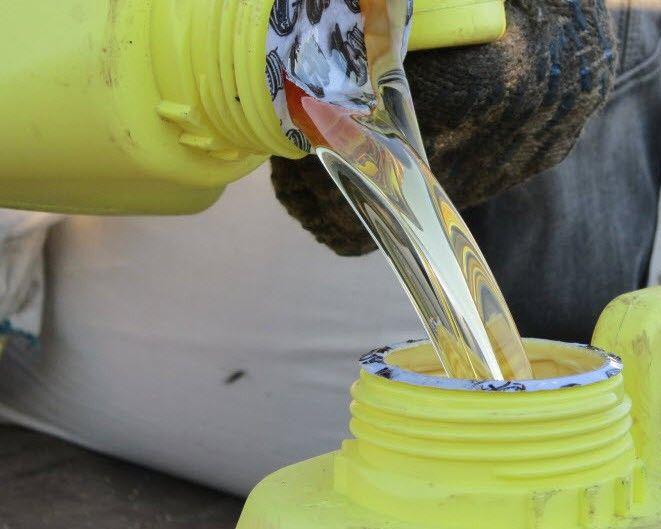
Recipes for tank mixes for plant protection
Popular recipes for preparing mixtures for different crops (table):
| Name of crops | Mix components | Act | Percentage increase in yield |
| Potatoes | Fungicide + fertilizer "Aquarin" (3 kg per 1 ha) | The risk of late blight decreases, the volume of green mass increases | 15-20% |
| Tomato | "Lignohumate" (0.05% solution) + pesticides | Vigorous growth, strong root system, long-term fruiting | 10-20% |
| Cabbage | Humic dressings (0.04 percent solution) + pesticides | Large leaves, drought tolerant | 10-15% |
| Grapes | "Acrobat" + "Collis" + "Fastak" or "Ridomil" + "Tiovit Jet" + "Karate" | Protection against mildew, oidium, leafhopper larvae, thrips | On 10 % |
How to properly spray plants
Factors to which it is recommended to pay attention:
- wind speed is less than 4 meters per second;
- air temperature + 12 ... + 24 degrees Celsius;
- humidity - no more than 60 percent;
- spraying is carried out in the morning, after the dew has dried, or in the evening;
- crops are processed only in clear weather (only not in the heat);
- the probability of precipitation in the coming hours should be minimal;
- water for preparing solutions is taken warm (+ 10… + 25 degrees), clean, soft, neutral or slightly acidic reaction, without impurities, suspended particles.
Spraying rules for crops:
- 1/3 or 2/3 of water is poured into the sprayer tank.
- The prepared mother liquors are poured in one by one, observing the correct sequence.
- All components are mixed.
- Water is added to full volume.
- Spray only healthy crops not affected by frost or drought.
- At the time of spraying, the agitators must work constantly.
- After processing, the remaining solution must be drained from the tank, and the container itself must be thoroughly rinsed.
Security measures
Mixing chemicals, preparing mother liquors, spraying fields is allowed only with the use of protective equipment. It is necessary to protect the respiratory system (respirator), eyes (goggles), hands (rubber gloves), legs (rubber boots), body (special protective suit).
It is forbidden to inhale mixture vapors, use chemicals. If the solution gets on the skin, it is recommended to rinse the site of contamination with clean water. In case of accidental use of chemicals, it is recommended to induce vomiting and seek the help of a healthcare professional.

